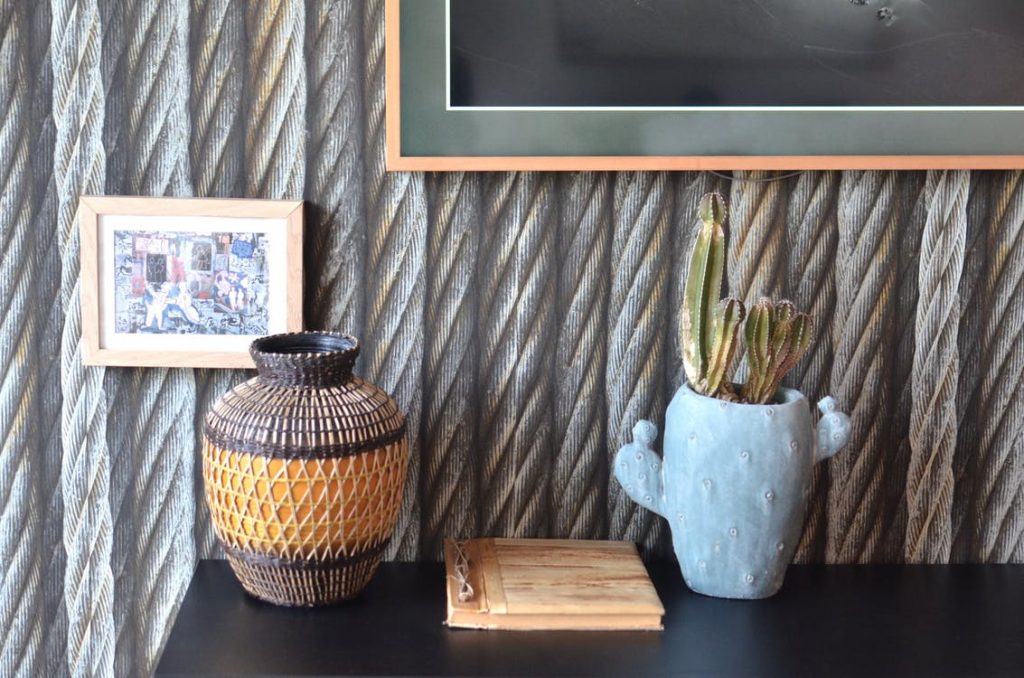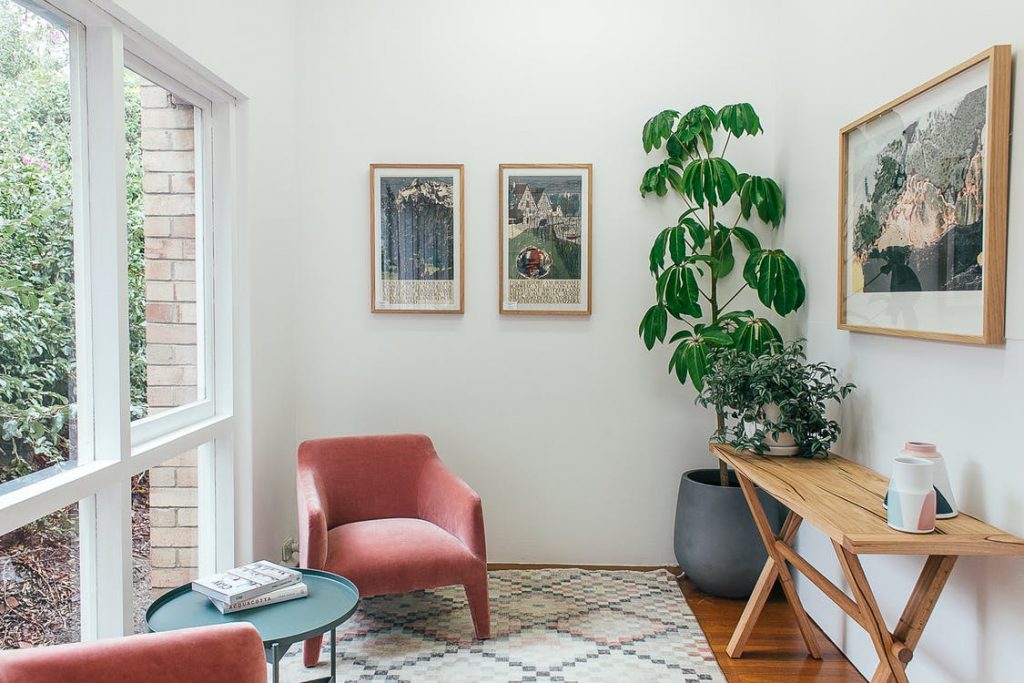An environmentally or eco-friendly home is one that uses materials that conserve energy, are renewable resources, are made from recycled materials and its manufacture is not detrimental to the environment. Here are some suggestions you may want to use to make your home as green as possible from top to bottom.
Eco-Friendly Roofing
An eco-friendly roof is one that is made of material that is Energy Star® rated or contains recycled content. An aluminum metal roof is considered one of the best choices because it is made from recycled materials and can be continually recycled, meaning it never ends up in a landfill. Aluminum is a radiant heat barrier, and will not hold heat, lowering air conditioning costs.
In you live in a warm climate year-round, it is recommended that you should have a light-colored roof as it will reflect the sun. The opposite applies in you live in a cold climate most of the year. Go for a dark roof that will absorb the heat from the sun.
Green Home Siding
Any option – wood, stucco, aluminum – is fine except PVC vinyl. PVC is the “bad” plastic. It releases toxins, its production releases toxins and it is not a recyclable material.
Energy Efficient Windows and Doors
Windows should be Energy Star qualified for the climate zone you live in. Place large windows on the sides of the house where you have southern exposure and in the winter use dark-colored lined curtains or blinds at night to keep the cold out. Choose wood over aluminum for windows and doors as it is more energy-efficient and is a renewable resource. Also, go for a solid front door as opposed to one with a window if you really want to save on energy costs.
Eco-Friendly Fireplaces

When it comes to natural gas or wood-burning fireplaces, natural gas appears to be the better option. Mostly because the burning of wood does add pollutants into the atmosphere and while wood is a renewable resource, it is also becoming a scarce resource.
Green Heating and Air Conditioning
Installing solar panels is one of the best ways to heat your home. If that is not possible, you have a choice between natural gas, oil or electric heating, with natural gas being the most environmentally friendly of the three as it emits the least pollutants. The furnace you install should be an Energy Star qualified furnace as it utilizes fuel more efficiently and reduces energy costs. As for air conditioning, again, choose an Energy Star qualified central air conditioner, which uses up to 20 percent less energy than standard new central air conditioners. You can also install ceiling fans in each room to keep rooms cool.
Energy Saving Water Heaters
Tankless water heaters can save you up to 75 percent on your energy bill as they only heat water as you demand it, you are not paying for hot water to sit idle in a tank. You will have an unlimited supply of hot water and they last twice as long as regular water heaters. There are also solar water heaters that collect energy from the sun and use it to heat water. They also significantly reduce heating costs.
Eco-Friendly Flooring
Bamboo flooring is a great choice as bamboo is a highly renewable wood. An oak tree takes 60 years to replace but a bamboo tree takes only 60 days to grow. Plus, it looks good and is durable.
Green Living Paint Options
Paints can release low levels of toxins into the air you breathe. These toxins are called volatile organic compounds (VOCs). Therefore, the most environmentally friendly paints to use are natural paints (they use plant oils, extracts and minerals), low VOC or zero VOC paint.
Environmentally Safe Piping

As mentioned, PVC is a very non-environmentally friendly plastic. It is used largely in piping. For underground pipes, clay is an alternative to PVC. It is a natural resource and will last 5 times longer than PVC. For above-ground piping (such as gutters) zinc, copper, galvanized steel or aluminum can be used instead of PVC.
Even employing some of these suggestions, such as eco-friendly heating or flooring in a green home design will reduce energy costs and help the environment.
Home in a Green Shipping Container
In the new green building consciousness of the world, shipping containers are taking on new life as green homes and offices. Many times you may have seen shipping bins or containers used for storage buildings. Did you ever consider using one to make an eco-friendly house or office? This innovative green building idea sprang to life a few years ago. Today, there are hundreds of homes that incorporate shipping containers into their design.
Affordable Abundant Supply For Green Building
Think of it – a shipping container offers ready-made walls and floors. You will need windows and doors. You can add several together to make rooms. You can stack them on top of each other– they were designed to be easily stackable in the shipping yard. Shipping containers are an eco-friendly and very sturdy resource for home construction.
The most common size of a shipping container is 8 feet wide by 8½ feet tall by 40 feet long. See the attached photo for one example of how a couple has modified two shipping containers into an innovative green home design. This is a green building and construction option because it uses material that would otherwise be thrown away. By re-purposing or reclaiming the shipping bins/containers as housing, it helps the environment. Fewer trees will be cut down.
Shipping Container Housing As a Solution To Homelessness
A company in the U.K. has created very chic apartment units with shipping containers stacked on top of each other. These containers also make great portable offices for job sites or temporary housing units for displaced citizens. Shipping container housing could help end homelessness if non-profit organizations would re-purpose the containers as small homes. Shipping container housing is already growing industry. Entire communities are being built around the concept because this solution answers several needs at once:
- Environmentally-friendly housing
- Recycling used materials
- Affordable
- Sturdy and long-lasting
- Readily available
- A surplus of containers
- A fundamental need for quality, low-cost housing
- Re-purposing the containers keeps them out of storage and decay
ISO containers can be modified with plumbing, insulation, electricity and interior walls. They are built to resist oceans and all the rigors of transport with tough corrugated steel and tubular steel frames. They also feature one-and-a-half-inch thick marine-grade plywood floors, locking steel doors, water-resistant welded seams and all-weather paint.
So if you’re looking for an environmentally sustainable solution to affordable housing that is long-lasting, eco-friendly and relatively easy to construct, consider shipping containers.





